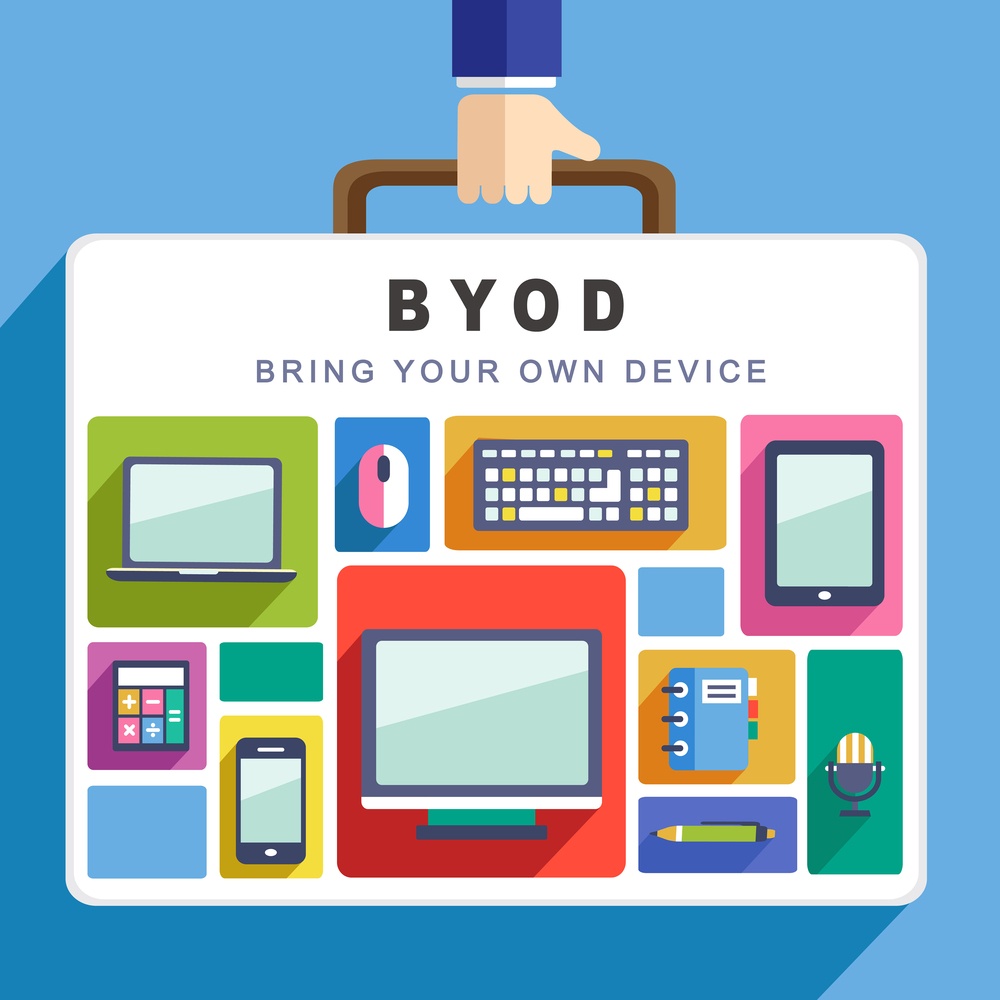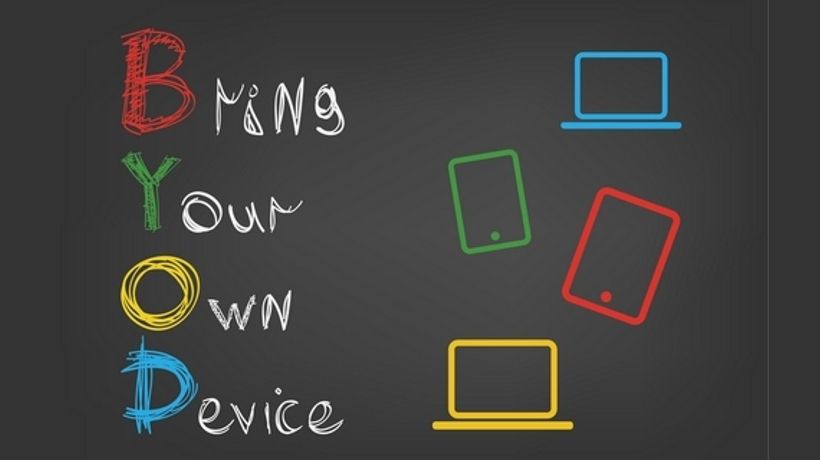What Does BYOD Stand For? Advantages And Disadvantage Of Using It In Schools
So, what is this BYOD policy? BYOD was primarily a policy that was embraced by the IT departments of various organizations. According to WhatIs.com,
BYOD (Bring Your Own Device) is the increasing trend toward employee-owned devices within a business.
But BYOD has permeated educational institutions as well. And these days students are asked to bring their own devices to schools.
Is BYOD Really Helpful?
Like almost everything, BYOD has its own merits and demerits. To start with the advantages, BYOD makes the process of imparting education cheaper, as schools don’t have to install their own technological devices. Furthermore, it ensures that students are more organized. And, if you want, you can also experience a unique classroom where students and teachers swap their roles. But there other benefits of the BYOD policy; here’s a quick look at some of them:
- Offers Comfort Of Using A Known Device.
The most important advantage that BYOD offers is surely the comfort of using one’s own device. It may be easy for schools to install their own devices, but that wouldn’t help the cause; when students bring their own devices to school, they bring something familiar with them. This means that they can use it without hassle and are able to focus more easily on the lesson, as they don't have to think about handling completely unknown devices. - Leverages Students’ Love For Their Devices.
These days you can find many tech-inclined students who love their devices more than anything else; that’s why students remain glued to these devices round the clock. Using these devices to impart lessons is a great way to leverage students' love for their devices. This is expected to be more effective than the traditional chalk-and-blackboard method of teaching. - Advanced Technology Makes Learning Easier.
The advancements in the field of technology have helped to introduce lots of devices. Many of them have features which were hard to imagine even only a few years back. All these are not only making the process of imbibing lessons easier for students, but also helping to retain them longer. And all these can be best utilized if students are able to use their devices properly, so using their own devices surely helps them learn more effectively.
Although it offers some amazing benefits, BYOD comes with its cons. Here’s a sneak peek at the possible problems that this policy might lead to:
- How To Reduce The Distraction?
That’s one of the most important questions to ask as a teacher who is looking to introduce BYOD in the classroom. The electronic devices can be used to perform so many things; no wonder they can be distracting. And, as a teacher, that’s not something you would like to happen in your class. Even if several websites are blocked, students who are quite tech savvy might be able to unblock them and visit them if they wish. - Security: A Major Issue.
Are the networks of the institutions properly secured? That’s a major question which is going to pop up if BYOD is allowed, as BYOD poses a few security issues. Moving too much data in the BYOD area can result in its theft. This is primarily an issue in offices and commercial organizations; however, it is also important to undertake the necessary steps to ensure safety while implementing BYOD in the educational institutions.
Using technology in classrooms has become widespread these days. Despite the few disadvantages, the benefits that BYOD offers are driving its increasing popularity across the globe and it is expected to be a regular integration soon in many more educational institutions around the world. In fact, BYOD is being dubbed as the upcoming revolution that the world of education is expected to experience quite soon.









